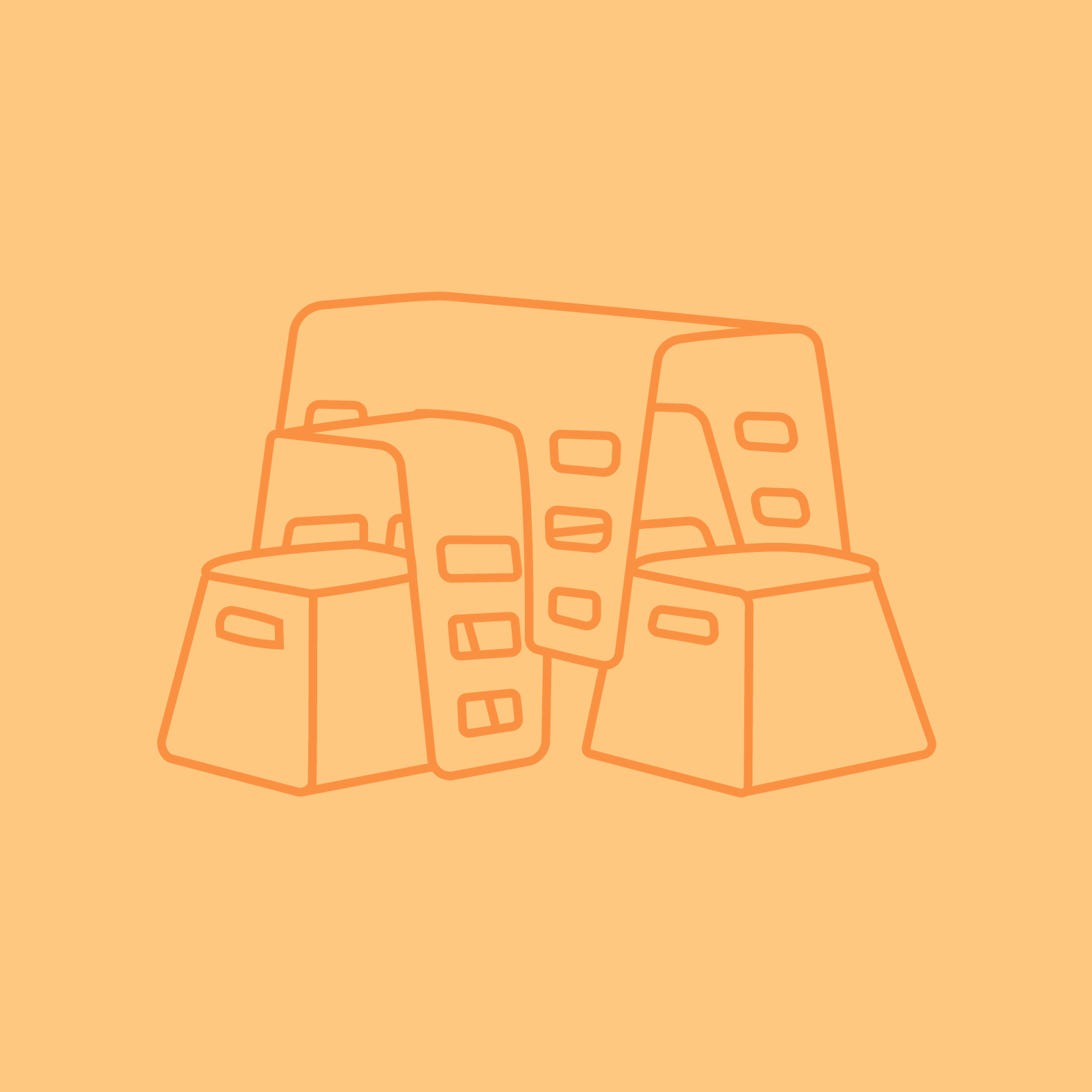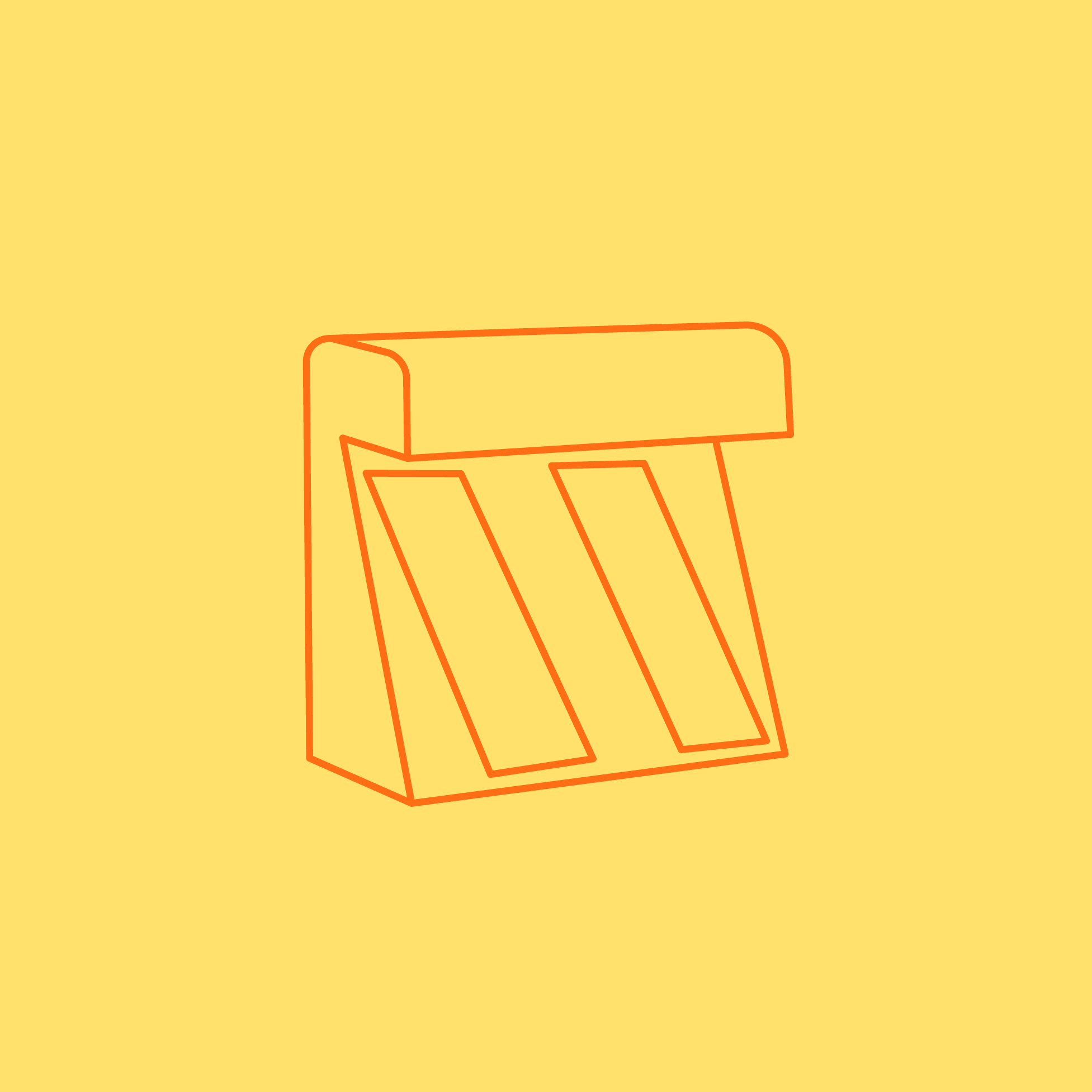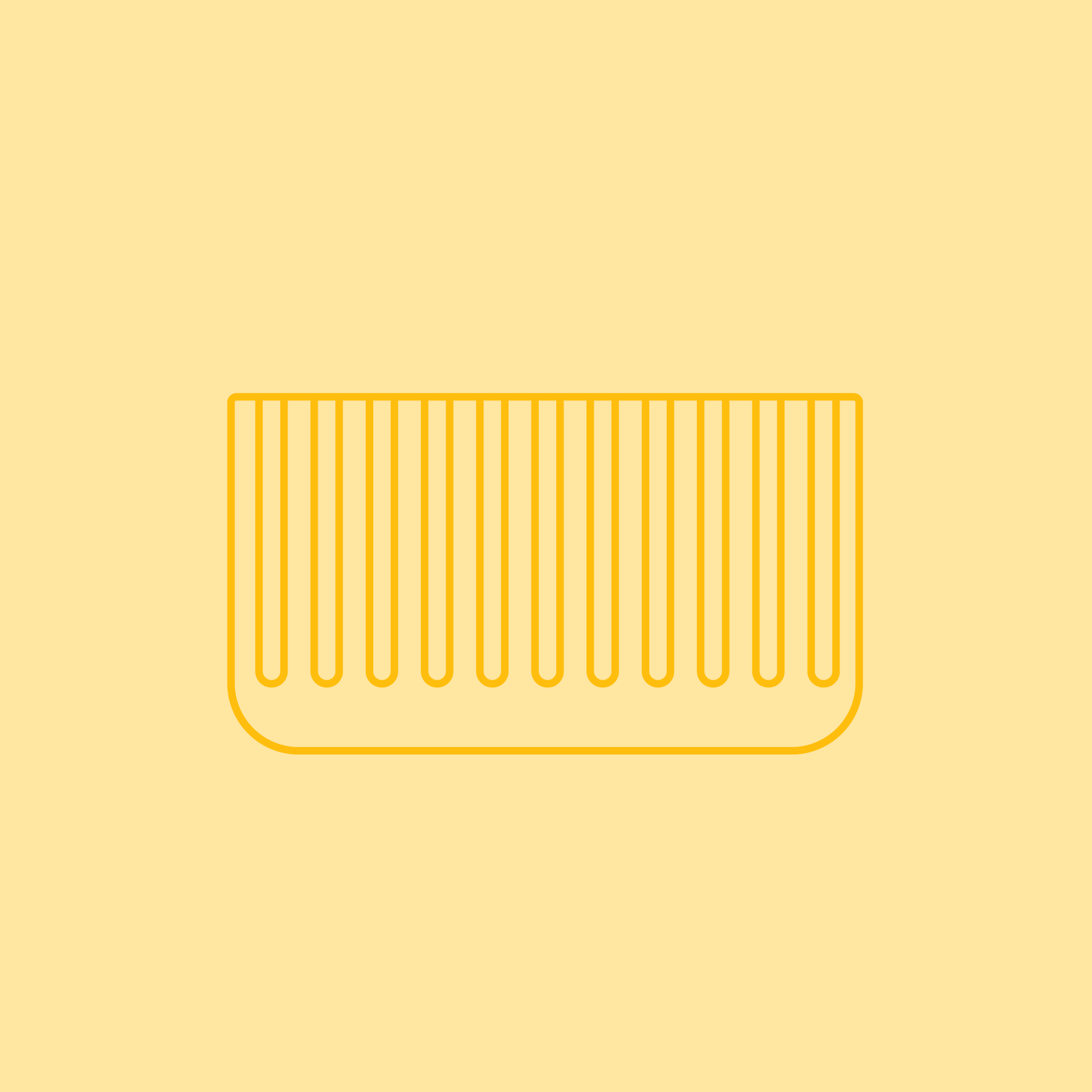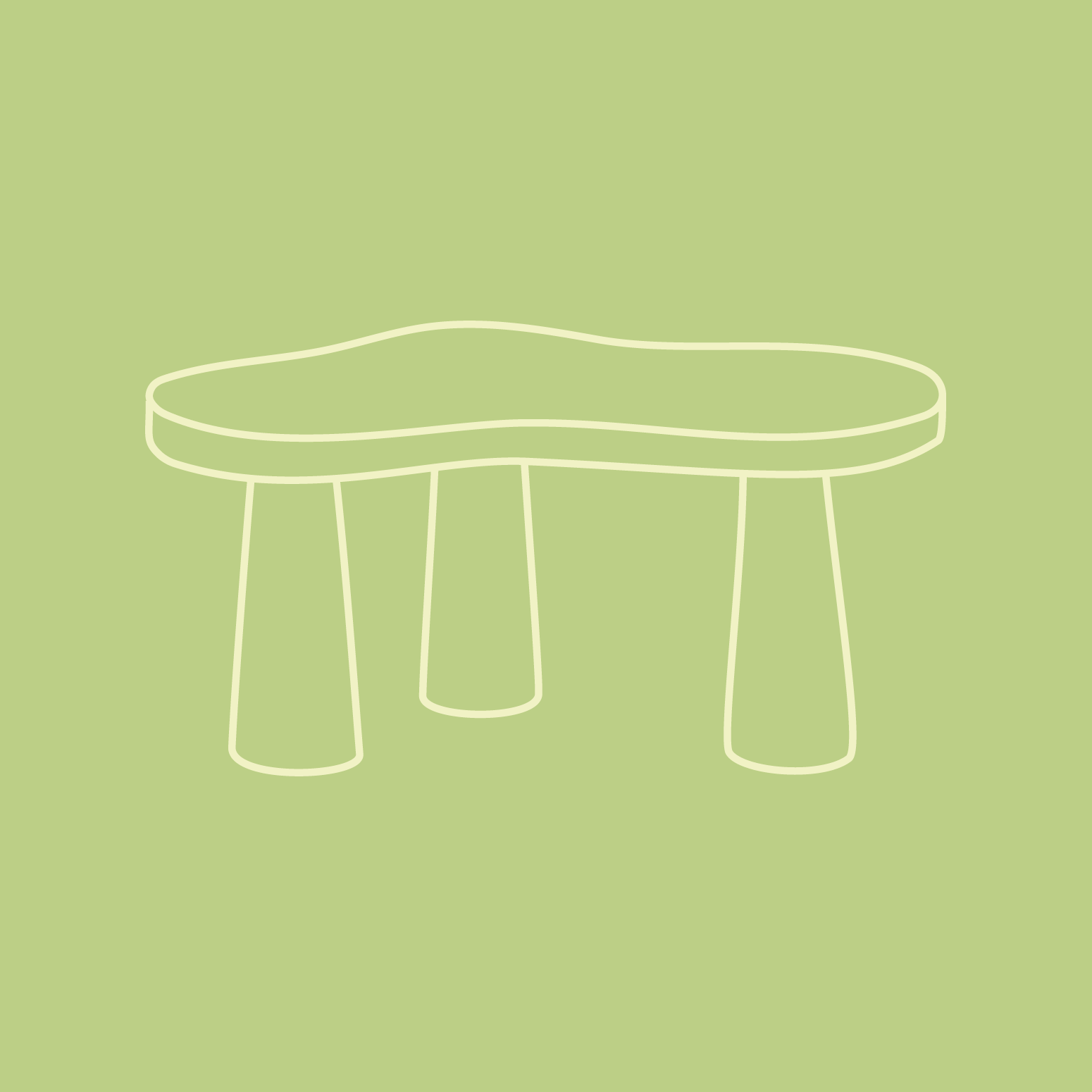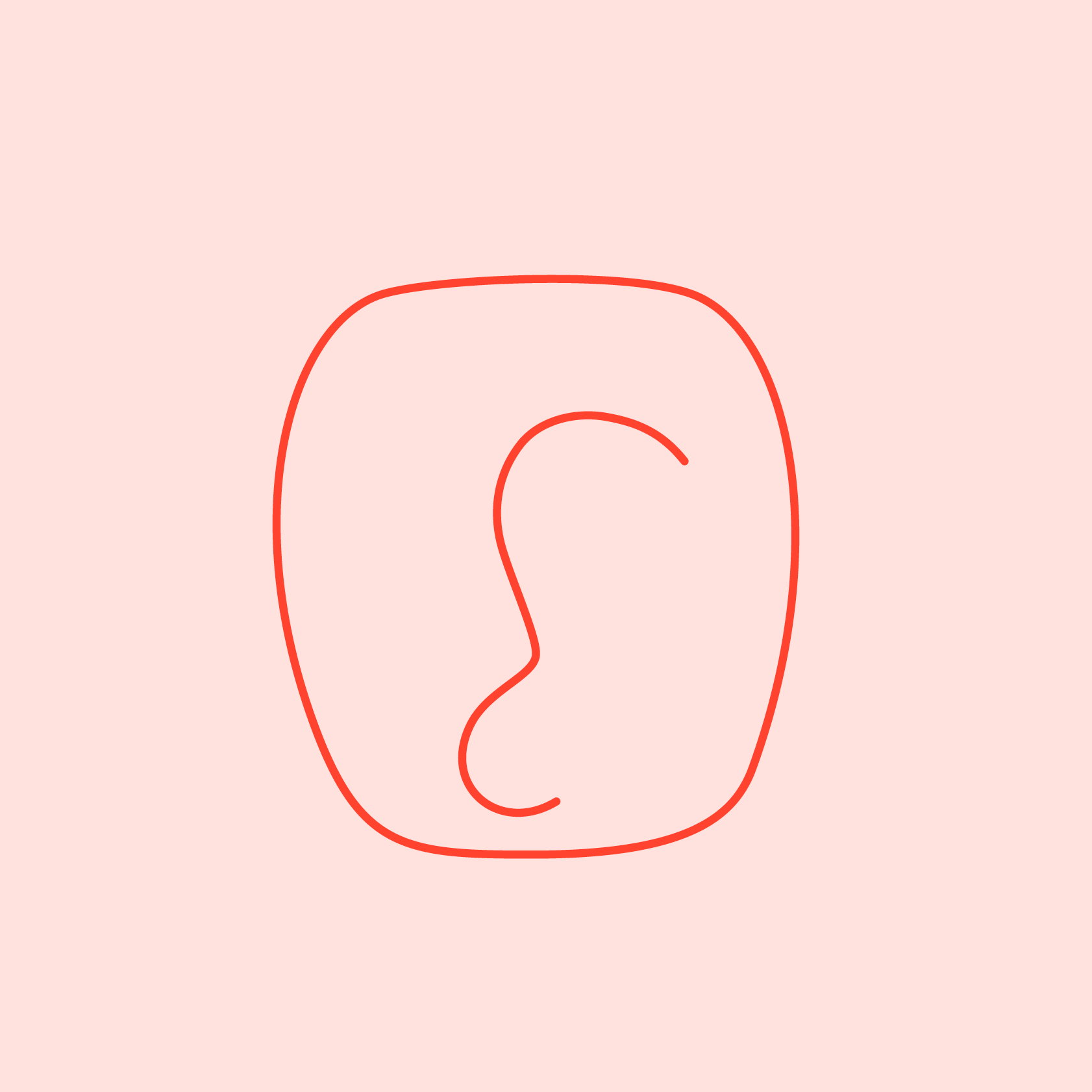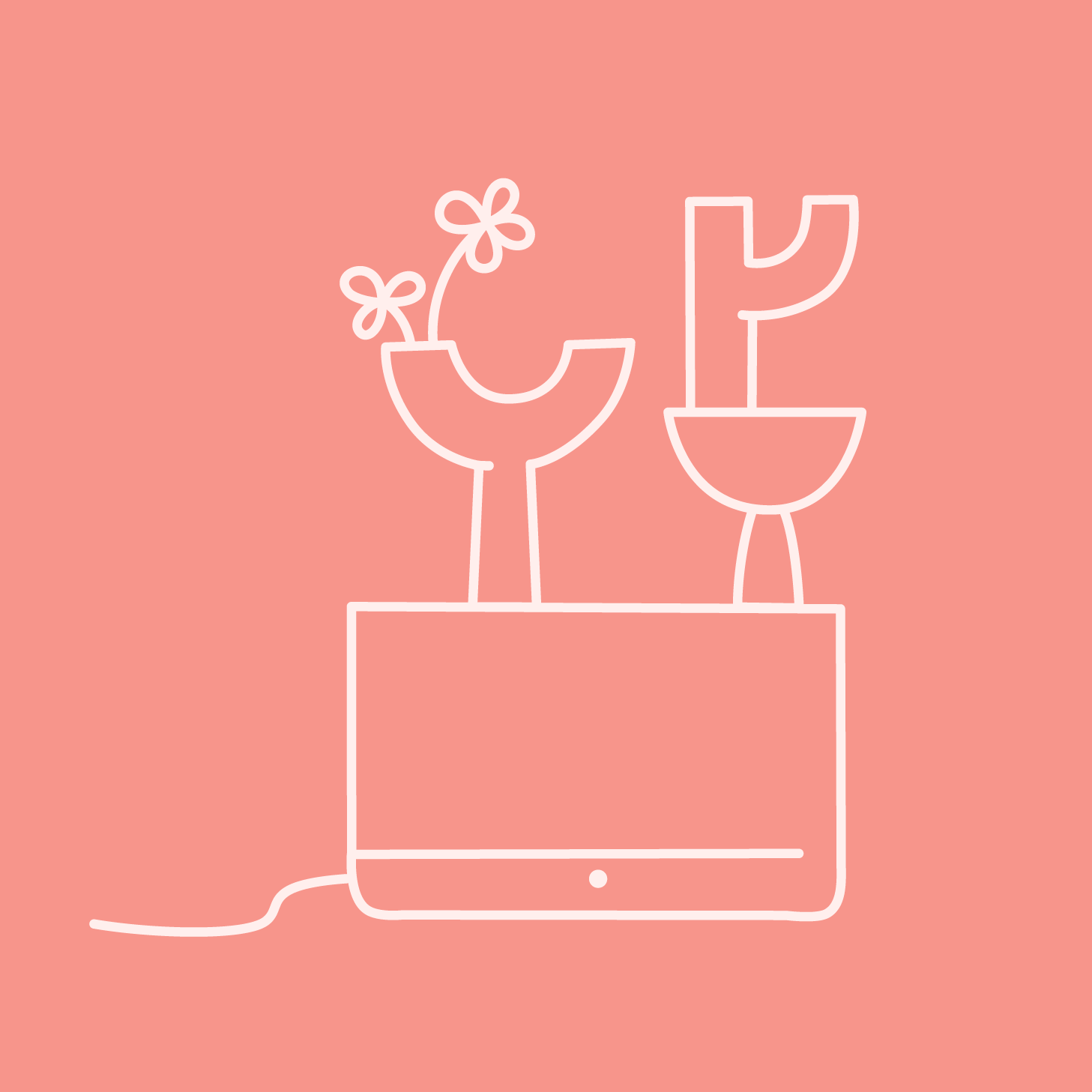An open-ended educational tool for the early years of school, combining math and embroidery to improve children’s fine motor skills.
Exhibited at:
Form/Design Center, Dutch Design Week and part of Ung Svensk Form's 2025 tour.
Winner of String Furniture's Prototype Scholarship through Ung Svensk Form 2025.
collaboration with:
Anna-Maria Nilsson
As a consequence of the constant presence of screens over the past decade, craft teachers in Sweden have observed a steep deterioration in children's fine motor skills. Simple tasks such as cutting with scissors, tying knots, and buttoning buttons have suddenly turned into tough obstacles in children's everyday life.
To gain a deeper understanding of the alarming decline in children's motor skills, we reached out to several experts. We interviewed crafts teachers, all of whom confirmed this troubling trend. Many also observed a concerning shift in children's behavior: kids today struggle to maintain focus and are more likely to give up when faced with challenges.
We also interviewed experts in hand surgery, pediatrics, and motor skills. They emphasized the importance of repetition, hands-on activities, and allowing children to learn without screens. Actually, working creatively with your hands has been proven to enhance learning, concentration and memory!
During this project, we had the opportunity to collaborate with a school in Malmö. This gave us valuable insights into the important needs and obstacles faced by pupils and educators, as well as what a typical day looks like in the early years of school.
MATH + EMBROIDERY = <3
After testing and evaluating several concepts with the children, we decided to move ahead with a concept that combined math and embroidery. Instead of embroidering flowers, butterflies, or other decorative figures typically found on embroidery cards, our idea was to let the children embroider numbers and equations during math class—allowing them to exercise their fine motor skills while learning math.
We started with a simple cardboard plate and a shoestring, but then tried to incorporate as many fine motoric motions as possible and looked in textile and wood craft for inspiration. We decided to simplify the plates by only having holes and instead adding screws to which we added equation symbols. To prolong the lifespan and make it more durable we started to explore stronger materials, while still aiming to keep the cost down.
Creating mockups was an essential part of our process. Through extensive testing, iterations, and adjustments, we worked to achieve the best possible results. These iterations not only enhanced the outcome but also uncovered additional potential uses, further refining the concept.
KLURA consists of several components, each designed to exercise the hand and inspired by traditional crafts. The plates are made of sturdy beech plywood and flexible felt, with the two materials engaging different hand muscles and offering varied tactile sensations. Paired with a cotton string, the plates provide an excellent introduction to embroidery.
The equation screws are made of PLA with metal threads, giving them a realistic weight and feel. They allow children to practice using nuts and bolts while simultaneously exercising the pincer grasp.
KLURA is an educational tool that combines practical and theoretical skills, providing a fun and engaging way for children to explore math while developing fine motor control. Instead of solving calculations with a pen or on a computer, children embroider the calculations, turning learning into a hands-on creative experience. KLURA can be used individually or together with your friends.
The simplistic and modular design enables endless configurations and transforms KLURA into a creative construction toy.
KLURA has been selected to exhibit at Form/Design Center, Dutch Design Week and is now part of Ung Svensk Form's 2025 tour. The overall feedback has been very positive!

